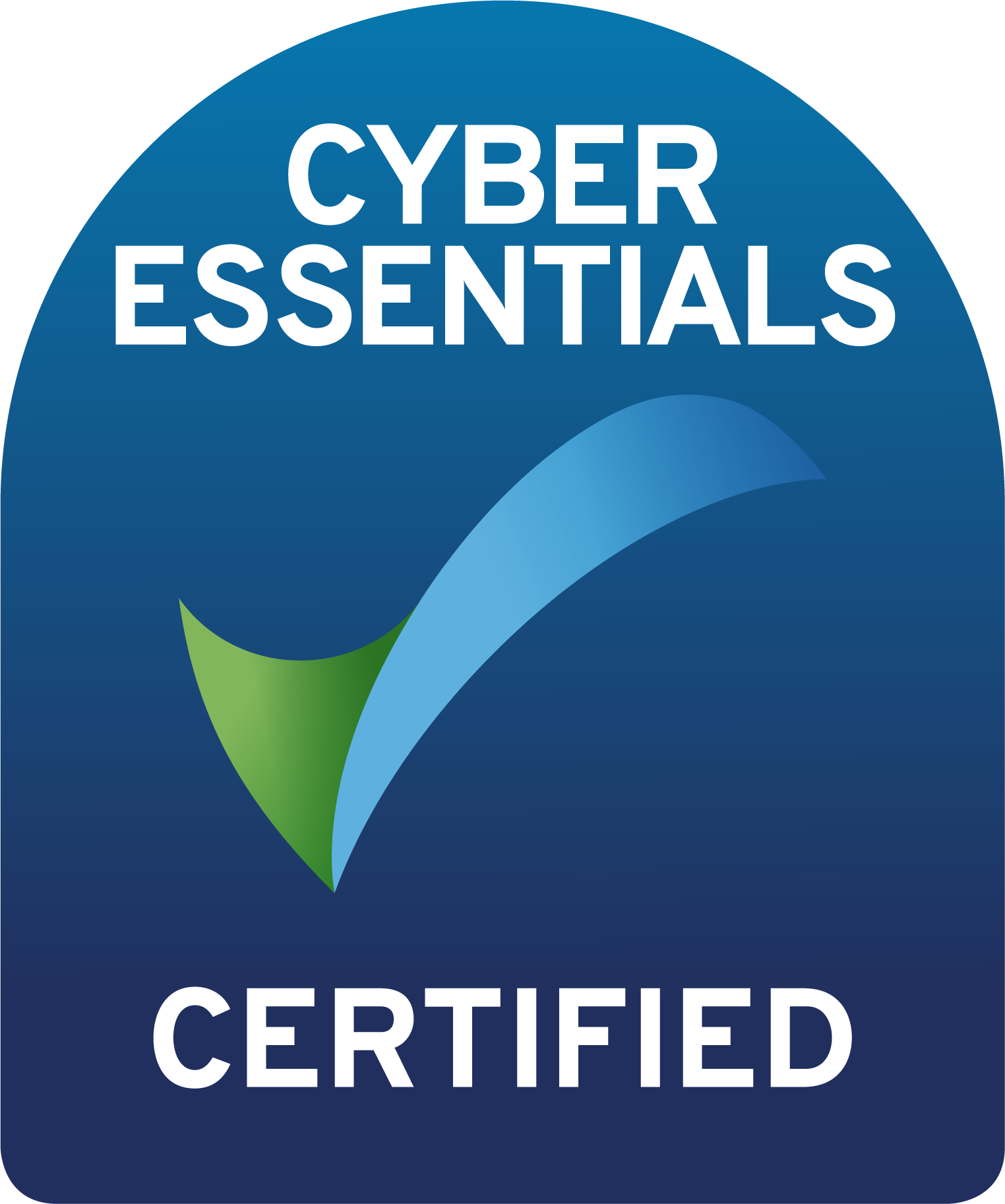The Government have just published changes to their fit note guidance for employers and line managers. They even included a handy checklist so that employers can avoid painfully drudging through the lengthy (4,462-word) document. The checklist includes the necessary steps and information that employers should have at their disposal when an employee has been issued a fit note.
Firstly though, what is a fit note? It’s a note from a certified healthcare professional who has determined after consultation with an employee, whether or not they ‘may be fit for work’ or are ‘not fit for work’. A fit note allows employers to discuss with their employees any health conditions that may prevent them from undertaking their work as usual. It also gives employers the chance to have an interactive discussion with their employees to establish tailored measures suited to both parties going forward.
The changes to this guidance as of 2022 state that where these fit notes had previously been required to have a signature of ink, they are now moving forward (as we all are) to accepting just the name and profession of the issuer. This enables the fit notes to be received and sent digitally. The DWP also expanded their accepted list of healthcare professionals who can certify the notes to include nurses, occupational therapists, pharmacists, and physiotherapists. It should be noted that although digital notes are embedded in primary care settings (GP), they are not yet in secondary care settings (hospitals), and so a pre-printed note may still be used by employees recently discharged from hospital.
There are a number of general rules that surround fit notes, so I’ll just outline the important ones to familiarise yourself.
In the first 7 days of sickness, employees can self-certify. If your organisation requires medical evidence within this time, any costs incurred by the employee for accessing a healthcare professional will be yours to cover eg:- where there has been a pattern of absence say on a Monday and Friday and you tell the employee that any further absence on these days will require a fit note.
The length of a fit note can cover a maximum of 3 months at a time during the first 6 months of sickness. Any specific time decided will be determined by the clinical judgement of the healthcare professional.
Private (non-NHS) healthcare professionals can produce reports like a fit note which can be considered. Private medical certificates or the Allied Healthcare Professionals Work Report can be accepted with no further need to obtain a further note.
Fit notes can come in a variety of ways, whether that be computer-generated and printed out, or sent digitally to your employee. Digital fit notes will include a barcode so that they can be scanned by employers and added to sickness records.
Now onto the fitness for work assessment and what that means for employers. The healthcare professional will state whether the employee is fit for work or not, and the length of time that any adaptions are required/the amount of time the employee is unable to work for. If they ‘may be fit to work’, the healthcare professional will give general recommendations on adjustments to be made for the employee to work safely or return to work entirely. These recommendations are not binding and if the recommendations cannot be implemented given the nature of work, the fit note can then be used as evidence for sick procedures.
General adaptions you may choose to explore as an employer include:
- Phased return to work
- Altered hours
- Amended duties
- Workplace adaptions
While at first glance these fit notes may appear to be potentially obstructive, by supporting your employee to stay or return to work you may actually avoid absence costs and minimise disruption for your organisation. Having an open discussion with your employee about adjustments will serve to create a more trusting work relationship that can only benefit both parties!
Martha Regan
Work Experience Student – 10.10.2023



